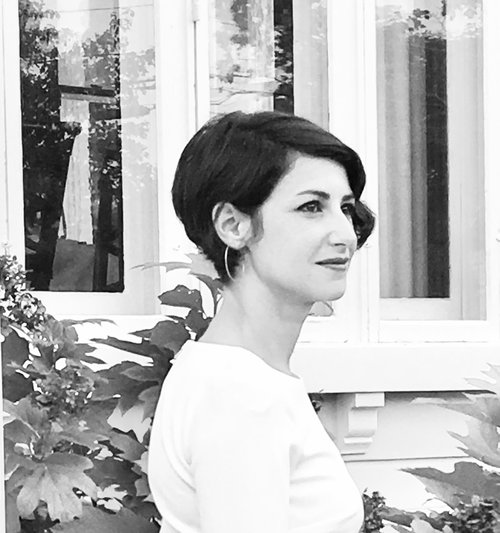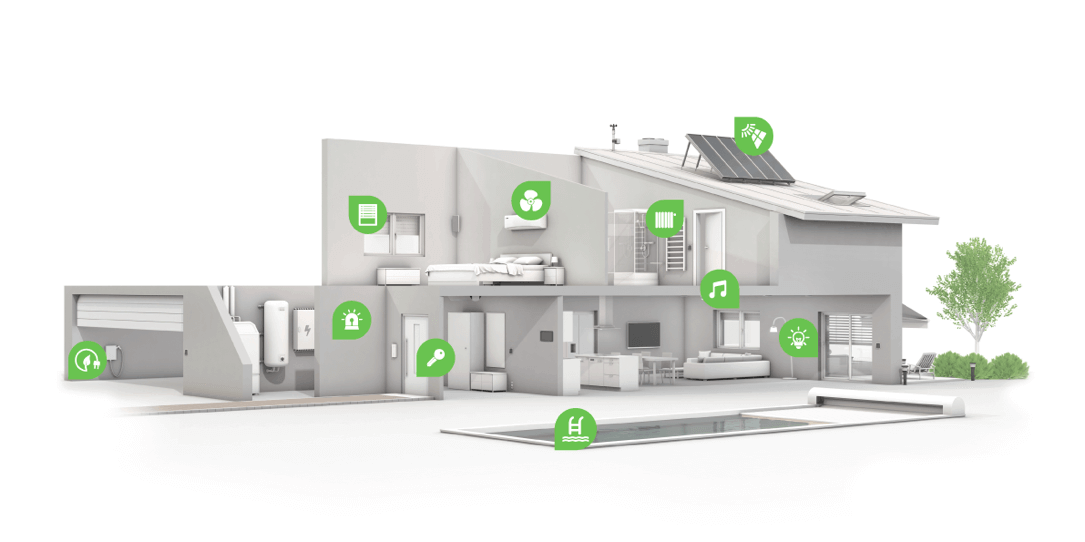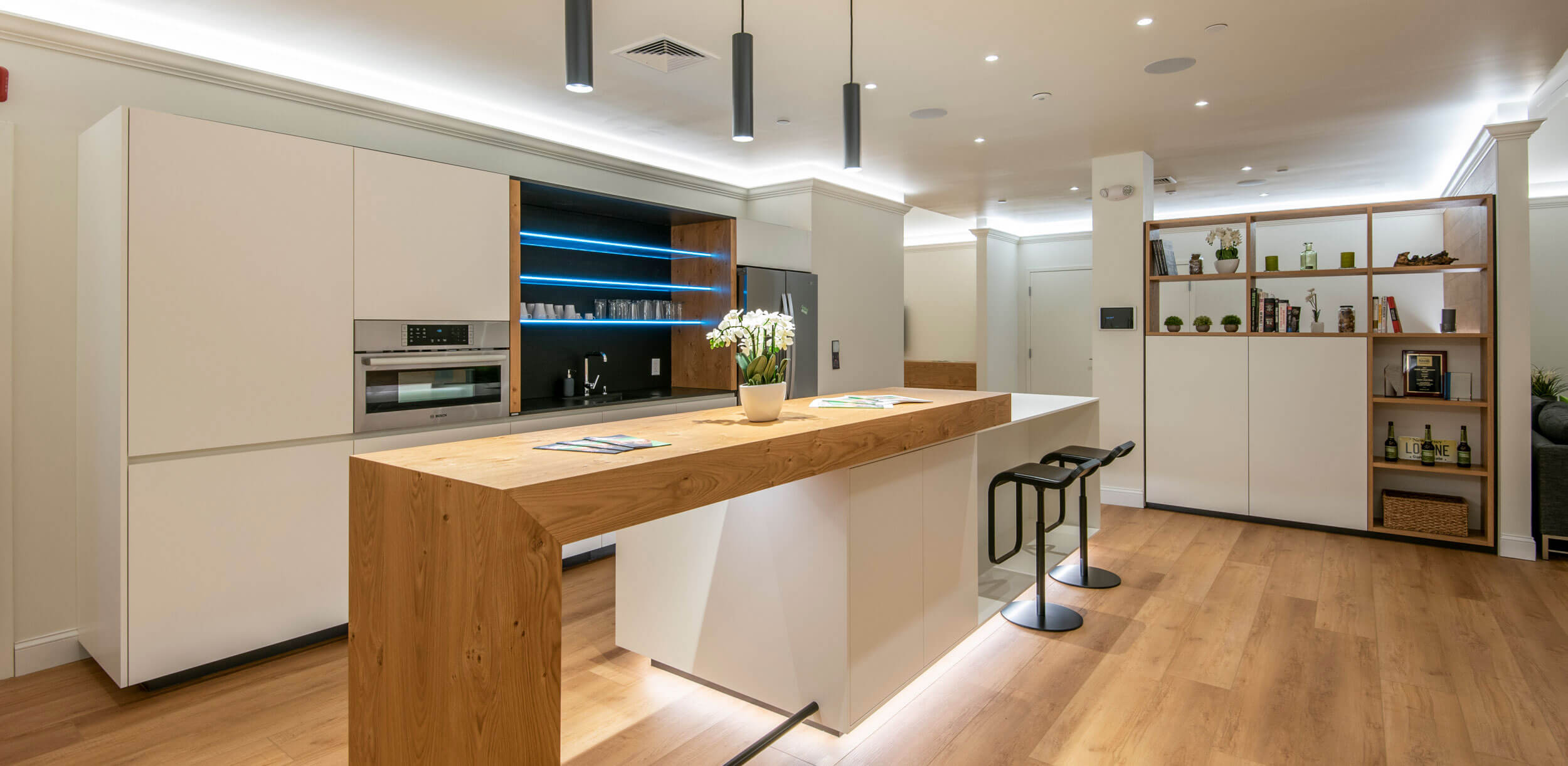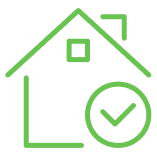
Ask an Expert: Q & A on lighting design tips with Rachel Calemmo
Rachel Calemmo, LC LEED® AP
The stars aligned and lit up both a dream and reality of lighting design for Rachel Calemmo. In our Q&A session, Rachel addresses unique factors and capabilities of light in planning & design, how to face common lighting challenges, and more fresh insights.
Today’s lighting design experts often balance aesthetics and energy efficiency. Rachel plans for and creates visually appealing environments that also function to enhance lifestyles in today’s technology-focused world. As cofounder of Christian Rae Studio, LLC in Southport, CT, she plays a role in all aspects of project design, construction and management. Her vision is focused on collaboration with clients, architects, designers and engineers from the onset of a project integrating the lighting seamlessly with architecture. And here’s a glimpse at Rachel’s beliefs and thought processes behind its fruition:

Q: What are your thoughts on lighting control? How can lighting design experts take advantage of it?
A: Lighting control is essential. Yes, you could just put on/off switches on the walls, but that just leaves so much on the table. What’s nice is a more personalized and intuitive lighting system that even follows daylight rhythms for natural health benefits. And since LEDs now have RGBW, warm dimming and all different layers of lighting options within single fixtures, the only way to really take advantage of that is with extra control. Then you can have smooth dimming or follow daylight rhythms in living spaces with proper scheduling and controls. I really like that [with Loxone] you could have all your spaces communicate together or separate. Then having all the control in one location is a huge benefit.
Q: What are your thoughts on the evolution of the light switch in regard to today’s Touch Pure by Loxone?
A: I don’t think light switches have really evolved much until the Touch Pure. I love how it cleans up the wall and puts all home control into a stylish package.
“I don’t think light switches have really evolved much until the Touch Pure.”
Q: What are some unique uses for light that you’ve had to implement in past projects? Provide detail on how this affected your choices in planning & design.
A: What I’ve encountered in the health care and commercial realm, but I’m also starting to see in residential, is the need to time lighting at specific times of day. LED lighting technology puts us in a position where we can now create personalized lighting to mitigate circadian disruption, optimize mood and visual experience and improve our sense of well-being in better ways than ever before.
Now that I work on high-end residential projects, timed lighting has been common for spa spaces or yoga rooms. Whereas now, it’s becoming more common throughout the whole house which requires more advanced fixtures. When planning and designing these projects, I select fixtures that have smart drivers and offer a full range of dimming 100% as well as color tuning to create the right rhythmic temperatures with naturally occurring light outside. The most requests for this are especially from people who have trouble sleeping or relaxing, so it will reinforce their bodies’ natural circadian rhythms. It’s critical that the smart drivers and LED fixtures communicate so nothing is disrupted. Then, I work with integrators and manufacturers [such as Loxone] that offer lighting control solutions that allow these fixtures to operate according to specific schedules according to time clocks as well as user interfaces.
“LED lighting technology puts us in a position where we can now create personalized lighting to mitigate circadian disruption, optimize mood and visual experience and improve our sense of well-being in better ways than ever before.”
Q: What are some lighting design challenges you’ve faced in past projects?
A: One of the biggest challenges is matching up fixers and drivers with control systems. This has been a common challenge for lighting design experts in the past two years because of constant changes and variety of products out there. So you really have to make sure your systems are compatible for smooth dimming, etc.
If there’s an integrator, I make sure we’re working in tandem as early on as possible, as well as the rest of the team. And with Loxone, all products are small, in the sense that you don’t face the complexity of some control systems. They don’t take up a huge amount of real estate.
Now, I definitely try to work smarter. I get anyone who’s going to touch a specific project along the way involved as early as possible. We can work through issues before products are purchased and we get too far along in design and construction process.
Q: How does Tree wiring change the lighting design process?
A: Tree wiring makes it easier because I don’t have to spend time working on circuiting. There’s more time to think about lighting scenes as the spaces develop instead of planning it out on paper. I don’t have to worry about that, and I can do any programming later.
Q: What factors do you consider when planning for commercial vs. residential design?
A: Commercial and residential can be very similar. But with commercial, my main concerns are mostly energy savings and tasks. Although occupant well-being is up there, productivity is usually number one. But they go hand-in-hand. Both require a focus on color temperature and color rendering of light sources as well as the ability for end users to maximize control of lighting and coordinate it with daylight.
For example, in retail I’ll think about how to get shoppers to buy more. Or in a school or office, how to keep people alert and focused. I tackle situations with color temperature and color rendering, which highlights the things I want people to focus on and pay attention to. I also make sure fixtures are used in a way that’s energy efficient and task focused.
Then with residential, it’s more about comfort, feeling welcomed and relaxed. For me, that’s where dimming control plays a large role. Personalizing space comes down to lighting control and scenes that can be set to how a homeowner likes them to be. It’s all intuitive.
“I tackle situations with color temperature and color rendering, which highlights the things I want people to focus on and pay attention to. I also make sure fixtures are used in a way that’s energy efficient and task focused.”
Q: If you could transform the lighting of any existing space or building what would the space or building be, and why? How would you transform it?
A: I would tackle the next big challenge for lighting designers, outdoor streetscape and lighting. Light pollution is a major issue for humans and animals alike. With improvements to lighting technologies, we are able to control light better than ever before, so we need to be more responsible with how we use our outdoor lighting.
I would like to transform it by making sure that any lighting used from dusk to dawn be Dark-Sky compliant. I love the natural lighting design of the stars and we don’t see enough of them! However, as a lighting designer, I also love a well-lit nighttime environment. There is something beautiful about an up-lit tree or a bridge with RGBW illumination. I believe that we can achieve exciting lighting designs and increase public safety at night by using light when and where it’s needed by specifying the proper fixture for the job, not over-lighting and controlling lights with timers to ensure we are not disrupting the circadian rhythms of people or animals.

Thanks for reading our Ask an Expert: Q&A with Rachel Calemmo!
Be sure to follow us on social media for even more tips, insights and inspiration for your future projects.
– Special Tip –

Discover possibilities for lighting control
Whether you would like to install Loxone lighting products, or any others on the market, you have complete flexibility room-to-room.
Let's talk about your project!
We are happy to help you plan your next project and show you the cost cutting and guest experience enhancing possibilities available with Loxone. Just leave us your contact details and we will be happy to get back to you.
The Loxone Advantage

No charge, no obligation
Our consultations are free of charge and there is no obligation to do anything after the chat.

Consult directly with the manufacturer
Talk to one of our Loxone Experts and get advice directly from the manufacturer.

Call us from anywhere at your convenience
Our consultations are conducted by phone, so you don't have to carve out a lot of time.